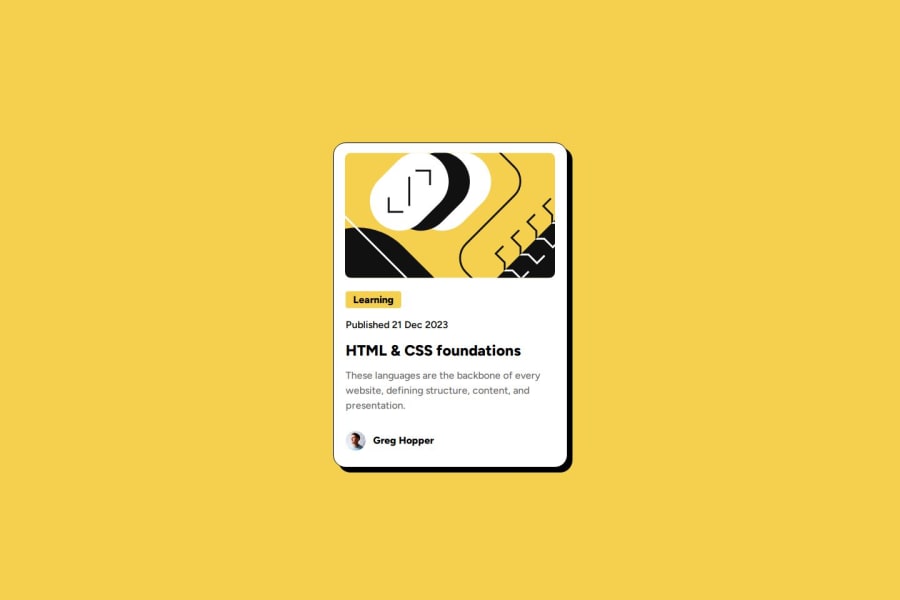
Design comparison
SolutionDesign
Solution retrospective
What are you most proud of, and what would you do differently next time?
I'm most proud of finally completing the challenge Next time id like to improve on the time am taking in completing a challenge
What challenges did you encounter, and how did you overcome them?The challenge I countered was assigning size to the main image, I overcame it by realizing that the image was at fixed size
What specific areas of your project would you like help with?Any feedback on the codes that would make my webpage more responsive or better codes to be used instead of the one I used. THANK YOU
Community feedback
Please log in to post a comment
Log in with GitHubJoin our Discord community
Join thousands of Frontend Mentor community members taking the challenges, sharing resources, helping each other, and chatting about all things front-end!
Join our Discord
